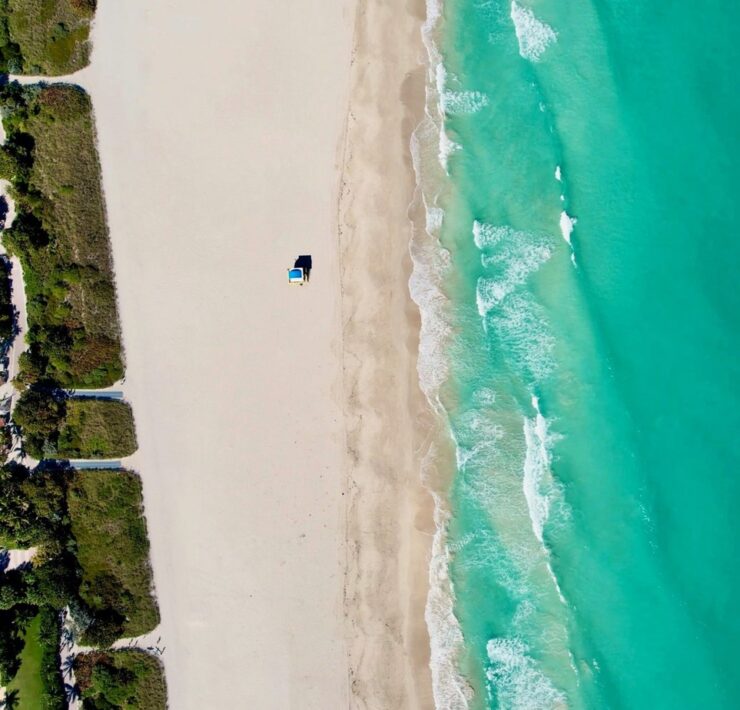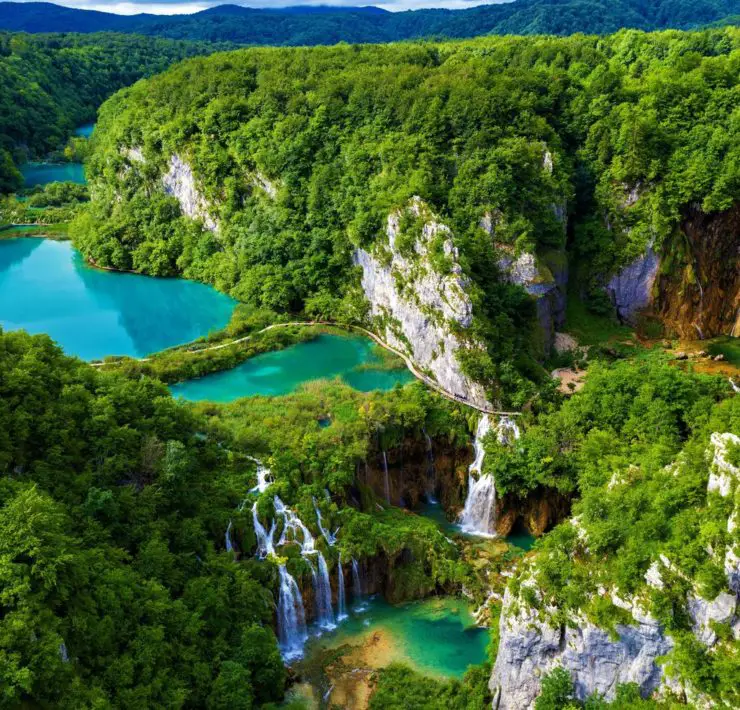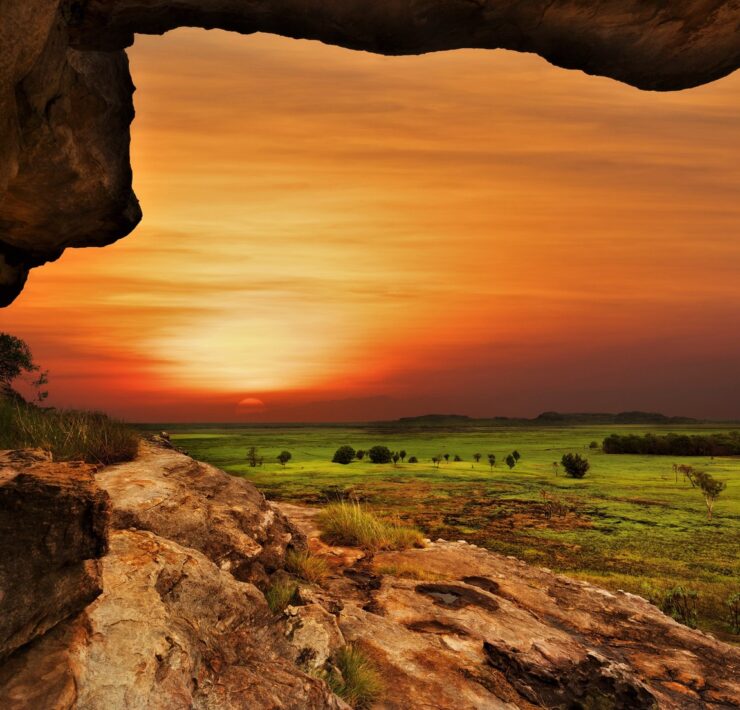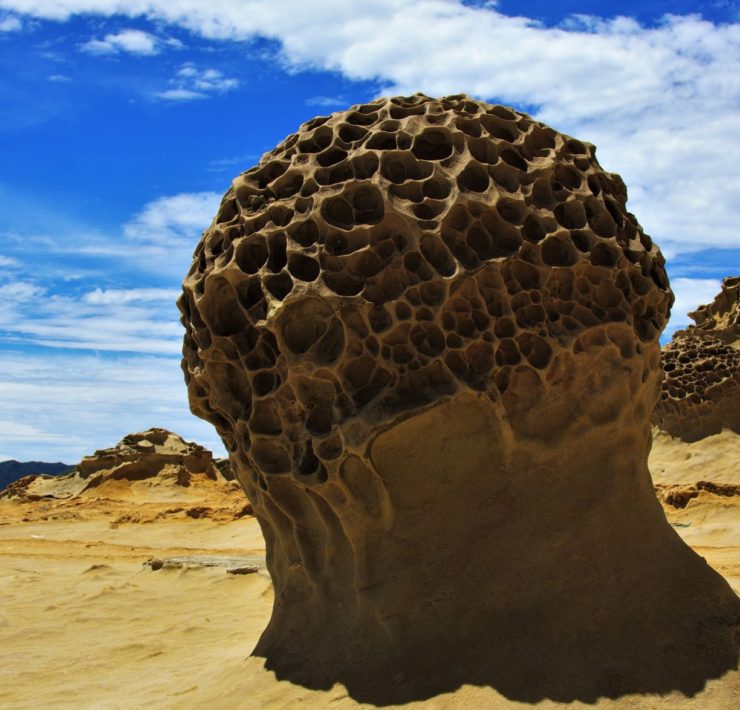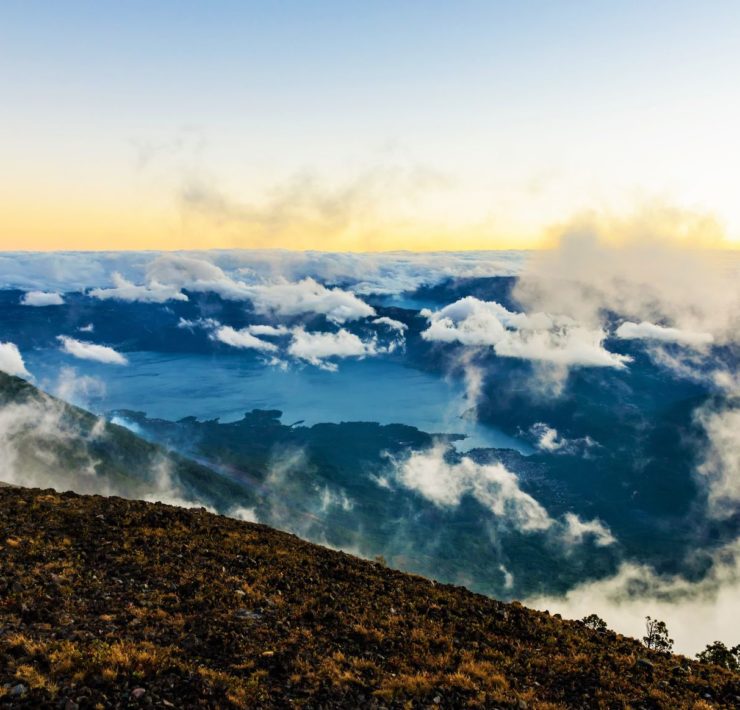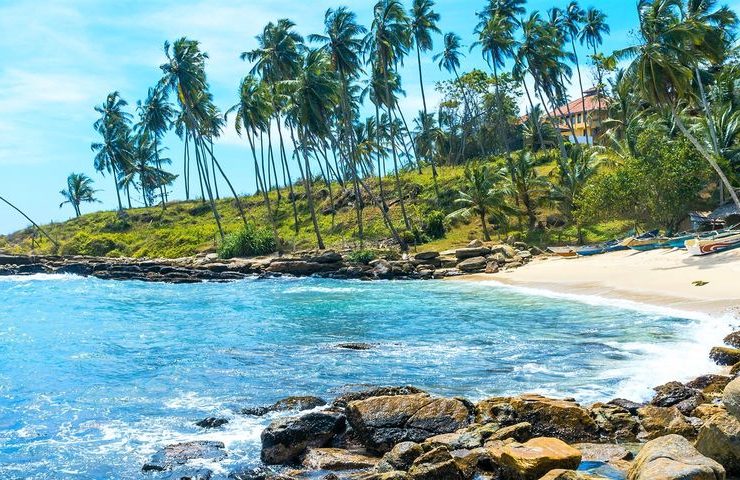The largest country in Central America, Nicaragua is a land rich in natural attractions – some could be right in your face and some are still a secret to be discovered. Nicaragua is better known as the ‘Land of Lakes and Volcanoes’ due to its numerous volcanoes such as the Masaya Volcano and lakes such as the Lago de Nicaragua. Here are the natural attractions you should see in Nicaragua:
1. Isla Ometepe
Isla Ometepe is an isolated paradise located in the middle of the Nicaraguan lake of Cocibolca. It is known as the “Oasis of Peace” filled with natural sites as well as historical remains. The island is composed of two volcanoes: the perfectly cone-shaped Concepcion and the extinct Maderas, described by Mark Twain as “two magnificent pyramids, clad in the softest and richest green, all flecked with shadow and sunshine”. Its past Chorotega, Nahuati, and Mayan inhabitants have considered it as a sacred island and left a number of more than 1700 petroglyphs and stone idols carved into basalt boulders. Besides archaeological sites and volcanoes, the island is also home to rich wildlife and various beaches.
2. Laguna de Apoyo
Nicaragua has always been known as the ‘country of lakes and volcanoes’, and sometimes, you need to go through a long volcanic chain before you can reach a crater lake – which is the case of Laguna de Apoyo. Laguna de Apoyo, a 48-square kilometer body of water located between the departments of Masaya and Granada, right at the drowned volcanic crater of the long extinct Apoyo Volcano. What makes Laguna de Apoyo different from the rest of the country’s lagoons is its beautiful and clean waters that are best for a day when you just can relax, swim, and lay down under the sun.
3. Masaya Volcano
Masaya Volcano is one of Nicaragua’s most active volcanoes but it is the only volcano that erupts fluid basaltic lava. To see the magnificent view of the volcano, you can hike for 20 minutes up to a high peak at the crater of the volcano. The volcano continues to spew flumes of sulfuric smoke from its crater. If you take the night tour, you can have the chance to see the glowing lava at the bottom of the volcano’s crater.
4. Cerro Negro Volcano
The young yet active Cerro Negro Volcano, aka the Black Hill, is great for visitors looking for a thrilling ride. But before that, you should hike up the 500-meter-high volcano. Take note: there’s no paved trail and the ascent is steep and rough. You should be in top shape before you can start hiking but in the end, it’s all worth it once you see the amazing and undisturbed scenery. After the climb, have fun by running downhill or sandboarding down the volcanic sand.
5. Islets of Granada
20,000 years ago, the Mombacho Volcano erupted, threw huge rocks into Lake Nicaragua, which led to the creation of the 365 islets of Granada. These islets sitting on the largest lake of Central America vary in size. Moreover, some of these islets are large enough to make them the home of about 1,200 people, most of them making a living through fishing. Some of the islands are privately-owned as vacation homes.
This destination is great for bird watching and for scenic boat tour where you can see the huge Mombacho Volcano right beside the lake.
6. Mombacho Volcano
After you see the Mombacho Volcano from Lake Nicaragua, make a point to visit it. Mombacho Volcano is a dormant volcano with four craters, standing 4,265 feet above sea level, and now covered by dense vegetation. The volcano is home of a rich wildlife from more than 30 species of reptiles to 174 species of birds.
What you can do on the volcano is hike a 2.5-kilometer trail that takes you to the peak where you can find a scientific laboratory, a small museum, and also a restaurant. As you go through the trail, you’ll encounter holes releasing hot water vapor and also a lookout point where you can stop to see the Cocibolca Lake, the Apoyo Lagoon, and the city of Granada.
7. San Juan del Sur
San Juan del Sur is a beautiful coastal town right on the Pacific Ocean, in the Rivas department in southwest Nicaragua. It is a popular surfing and sunbathing spot in the day and when the night strikes, nightclubs and bars open to welcome the lively crowd.
Besides surfing or just chilling by the beach, you can also cycle around the town to discover the smaller beaches or walk for 20 minutes up to the statue overlooking the harbor.
8. North End Beach
If party beaches aren’t in your itinerary but you still want to lay down on the sand with the sea breeze kissing your cheeks, there’s the North End for you. The beautiful North End Beach is ideal for the travelers who want a private and secluded place to stay. Also, this beach is a favorite swimming and snorkeling spot in Corn Island.
9. San Ramon Waterfall
Located in the southern slope of the Maderas Volcano on Ometepe Island, San Ramon waterfall is a spectacular high waterfall that you can only witness after a 1.5 to 2-hour hike. Hiking the volcano is best started from the Biological Field Station, located at the border of San Ramon. Through your hike, you can see some great views including Lake Nicaragua until you reach the 50-meter high waterfall.
10. Sally Peaches Beach
Located in the northeast portion of Corn Island, Sally Peaches is another must-see beach where you can just relax and watch the waves roll. The waves are gentle which makes it an easy swimming spot, even on longer distances. The clear waters attracts visitors to go snorkeling or scuba diving.
When On Earth Magazine is for people who love travel. We provide informative travel guides, tips, ideas and advice regarding places to see, things to do, what to taste, and much more for world travelers seeking their next dream vacation destination.

